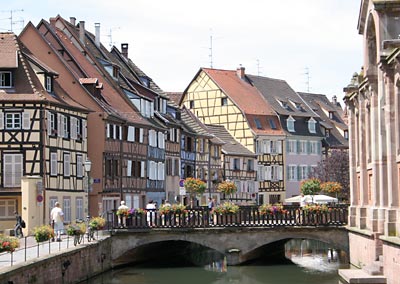

 |
The Second International Conference on Communication Theory, Reliability, and Quality of Service CTRQ 2009 July 20-25, 2009 - Colmar, France |
| Tutorials |
Multimedia Standards
by Peter Stanchev
The aim of this tutorial is to review some of the standards related to multimedia and their metadata.
Today there are many technologies related to multimedia presentations. We will start with MPEG 21, which provides an open framework for multimedia delivery and consumption. These streaming instructions facilitate the fragmentation of content-related metadata, the association of media and metadata fragments with each other, and the synchronized streaming and processing of those fragments.
MPEG-7 is a multimedia content description standard. It was designed to standardize a set of Description Schemes and Descriptors, a language to specify these schemes (called the Description Definition Language), and a scheme for coding the descriptions. We will also cover MP7QF query format that uniformly queries MPEG-7 enabled multimedia databases.
With the Internet grow several format were proposed for media scenes description. Some of them are open standards, such as: VRML1, X3D2, SMIL3, SVG4, MPEG-4, published by ISO, W3C, etc. Others are proprietary, like Adobe’s Flash and Autodesk’s 3ds.
Television has become the most important mass medium. There is also a fast growing community for videos in the web (e.g. YouTube). Serious attempts are done to give the users interactive functions. For these purposes, standards such as MHEG, DAVIC, Java TV, MHP, GEM, OCAP and ACAP have been developed. Some of them will be presented together with the history and future of the interactive TV standards. There exist a large number of standards for representing audiovisual metadata. We will cover the MXF, which is an example for a container format, the DPX used for image sequences in digital cinema production, and the DCP that is used to transport digital movies and associated metadata to cinemas.
Web 2.0 communities have become mobile and multimedia based. Several Web 2.0 standards and tools will be presented: Ajax, WMS, WFS, WCS, GML, XML, RSS and Web 2.0 mash-ups.
The semantic web technologies for knowledge representation use RDF Schema - language for representing information about resources in the World Wide Web and OWL Web Ontology Language that is designed for use by applications that need to process the content of information instead of just presenting data to humans. Ontologiy standard languages offer meta-concepts for the description of constraints and relationships among objects in multimedia materials.